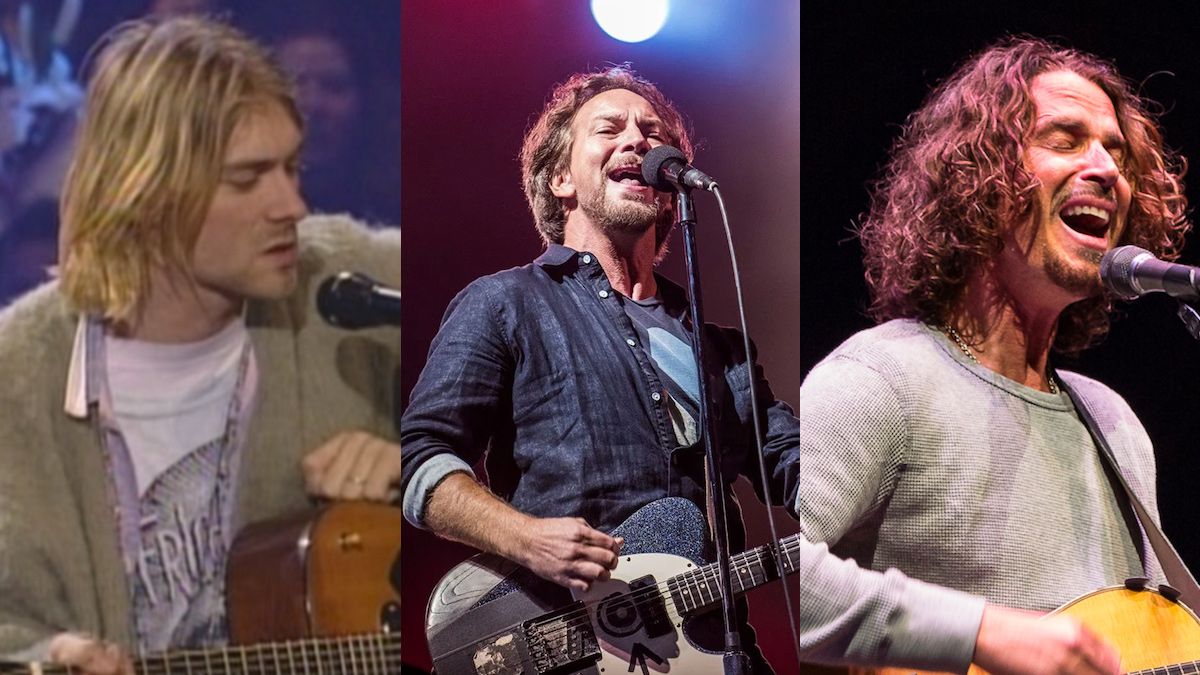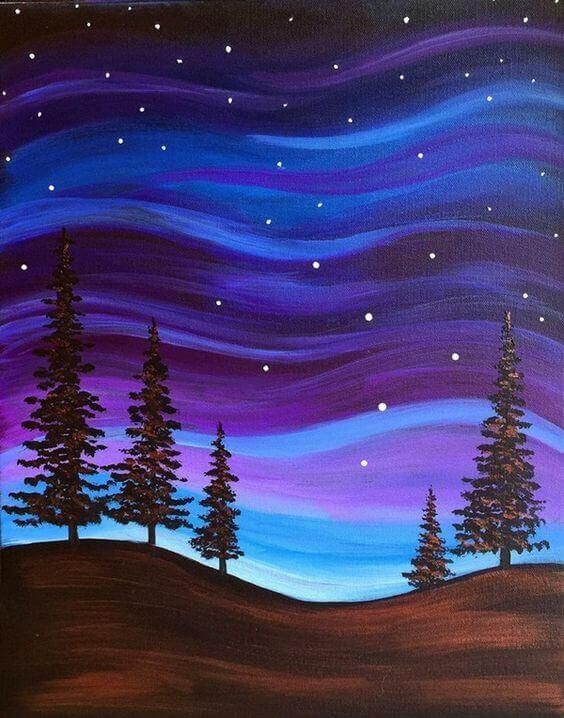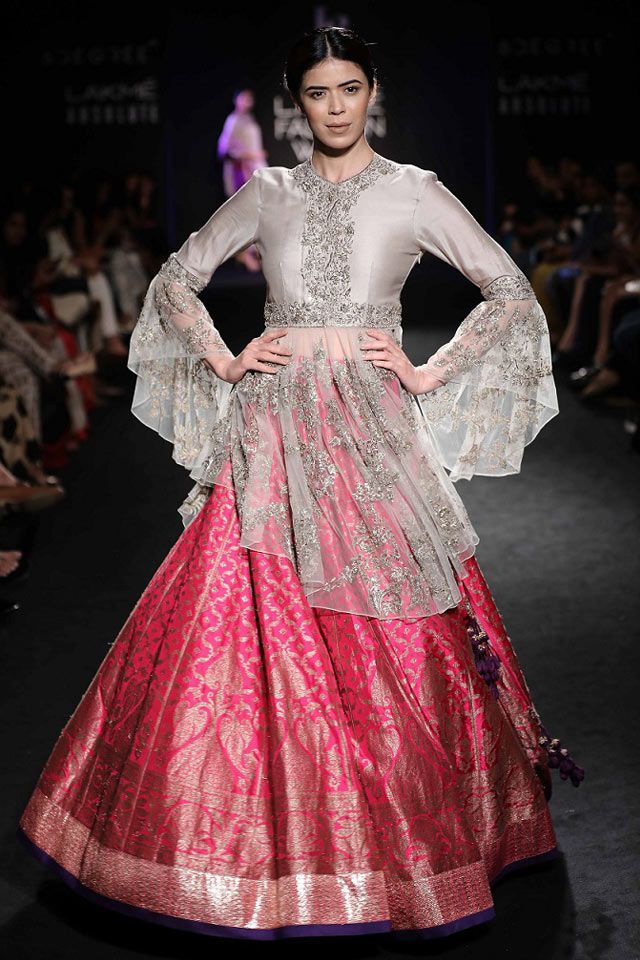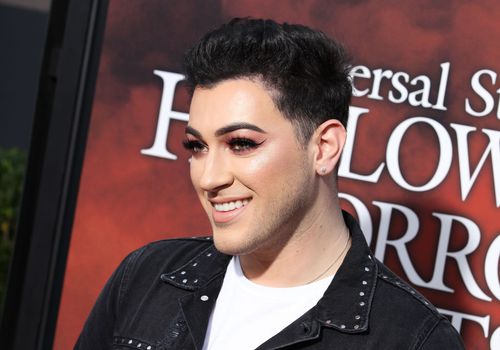Punk is made up of an assortment of smaller subcultures, including anarcho-punk, crust punk, and horror punk, which distinguish themselves through unique articulations of punk culture. Several subcultures have developed out of punk to become distinct in their own right, such as goth, psychobilly, and emo.
Early history
In the late 1960’s, The Stooges and MC5 began to play a stripped-down, louder and more aggressive form of rock ‘n’ roll (sometimes called pre-punk or protopunk) as a response to the commercialization of the hippie counterculture. Bands such as the Ramones, Television, and Talking Heads were heavily influenced by this and took it further. These New York bands started to frequent CBGB’s, and the first punk scene was formed.
In this same period, bands formed independently in other locations, such as The Modern Lover] in Boston; Electric Eels, Rocket from the Tombs, and The Dead SEX dildos in Ohio; The Saints in Brisbane, Australia, and The Stranglers and the Sex Pistols in London. July 4, 1976, The Ramones and The Stranglers played at The Roundhouse in London. This show is often cited as the event that launched the punk scene in London. By the end of 1976, many fans of the Sex Pistols had formed their own bands, including The Clash, Siouxsie & the Banshees, The Adverts, Generation SEXXX, The Slits and X-Ray Spex. Other UK bands to emerge included The Damned, The Jam, The Vibrators, Buzzcocks and London.
Culturee
Music is the most important aspect of punk. Punk music is called punk rock, sometimes shortened to punk. Most punk rock is a specific style of the rock music genre, though punk musicians sometimes incorporate elements from other genres. Punk subcultures often distinguish themselves by having a unique style of punk rock, though not every style of punk rock has its own associated subculture. Most punk rock involves simple arrangements, short songs and lyrics that espouse punk values. Punk rock is usually played in bands, as opposed to solo artists.
Fashion
Punks seek to outrage propriety with the highly theatrical use of clothing, hairstyles, cosmetics, jewelry and body modification. Punk clothing adapts existing objects for aesthetic effect: previously ripped clothes are held together by safety pins or wrapped with tape, written on with marker or defaced with paint; a black bin liner might become a dress, shirt or skirt. Leather, rubber and vinyl clothing are also common, possibly due to its implied connection with transgressive sexual practices, such as bondage and sado-masochism. Some punks wear tight “drainpipe” jeans, brothel creeper shoes, T-shirts with risqué images, and possibly leather motorcycle jackets and Converse sneakers.
Some punks style their hair to stand in spikes, cut it into mohawks or other dramatic shapes, and color it with vibrant, unnatural hues. Punks will use safety pins and razor blades as jewelry. Punks tend to show their love for a band or idea by pin-back buttons or patches, which adorn their jackets and other clothing items. They sometimes flaunt taboo symbols such as the Iron Cross. Early punks sometimes wore the Nazi swastika for shock-value, but most modern punks are staunchly anti-racist, and will more likely wear a crossed-out swastika symbol.
Visual art
Punk aesthetics determine the type of art punks enjoy, usually with underground, minimalistic, iconoclastic and satirical sensibilities. Punk artwork graces album covers, flyers for concerts, and punk zines. Usually straightforward with clear messages, punk art is often concerned with political issues such as social injustice and economic disparity. The use of images of suffering to shock and create feelings of empathy in the viewer is common. Alternatively, punk artwork may contain images of selfishness, stupidity, or apathy to provoke contempt in the viewer. Subculture is a group within a larger society that has values, beliefs and behaviors that go against the larger society.
Much of the earlier artwork was in black and white, because it was distributed in zines reproduced at copy shops. Punk art also uses the mass production aesthetic of Andy Warhol’s Factory studio. Punk played a hand in the revival of stencil art, spearheaded by Crass. The situationists also influenced the look of punk art, particularity that of the Sex Pistols. Punk art often utilizes collage, exemplified by the art of Crass, Jamie Reid, and Winston Smith. John Holmstrom was a punk cartoonist who created work for the Ramones and Punk Magazine. The Stuckism art movement had its origin in punk, and titled its first major show The Stuckists Punk Victorian at the Walker Art Gallery during the 2004 Liverpool Biennial. Charles Thomson, co-founder of the group, described punk as “a major breakthrough” in his art.
Dancee
A variety of dances are popular within the punk subculture. Commonly performed at punk shows, these dances often appear chaotic, or even violent. The punk subculture and its immediate predecessors originated many of these dance styles from the 1970s onward. Moshing and the pogo are the types of dance most closely associated with punk. Stage diving and crowd surfing were originally associated with protopunk bands such as The Stooges, but went on to find a place at punk, metal and rock concerts. Ska punk promoted the dance style of skanking. Punk concerts often appear to be more like small-scale riots than rock concerts. Hardcore dancing is a later development based on all of these styles.
Literature
Punk has generated a considerable amount of poetry and prose. Punk has its own underground press in the form of punk zines, which feature news, gossip, cultural criticism, and interviews. Some zines take the form of perzines. Important punk zines include Maximum RocknRoll, Punk Planet, and Cometbus. Several novels, biographies, autobiographies, and comic books have been written about punk. Love and Rockets is a notable comic with a plot involving the Los Angeles punk scene.
Jim Carroll and Patti Smith are two examples of punk poets. The Medway Poets group included punk musician Billy Childish and had an influence on Tracey Emin. Jim Carroll’s autobiographical works are perhaps the first punk literature. Punk has inspired the cyberpunk and steampunk genres.
Film
Many punk movies have been made, and punk rock music videos and punk skate videos are common for some bands. The use of stock footage typifies punk film. The No Wave Cinema movement owes much to punk aesthetics. Derek Jarman and Don Letts were punk filmmakers.
Lifestyle
Participants in the punk subculture are usually called punks, punk rockers, or, less often, punkers, or punx. Not everyone who plays a hand in the punk subculture is identified as a punk. Specific subsets of punk identify with the mainline subculture to varying degrees, and use a number of different terms to distinguish themselves, but these usually involve the use of punk as a suffix.
Typically, a punk enters the subculture during the first few years of high school. Many punks continue playing a role in the subculture for several years, and some even make their involvement a lifelong commitment. Although adolescents are the main age group in punk, there are also many adults who hold to the punk mentality, but do not necessarily dress the part. Some punks eventually leave the subculture in favour of the status quo, which is sometimes regarded as selling out by those still in the subculture.
Punks are typically white, male adolescents from working class or middle class backgrounds, although exceptions abound on every count. Punk is — except for the riot grrrl subculture — largely male-dominated, though punks rarely tolerate overt sexism. Since its inception, female punks have always played important roles in the punk subculture [, but, numerically speaking, they are vastly underrepresented. Compared to some alternative cultures, however, mainline punk is much closer to being gender equalist, at least so far as its dominant ideological view of gender relations goes.
In comparison to mainstream culture, larger portions of the punk community are homosexual or bisexual, especially in the queercore subculture. Punks have always been a common fixture of altporn.
Although the punk subculture is overwhelmingly anti-racist, it is vastly white, especially in Europe and North America, and some fringe punk factions espouse views of white supremacy. These groups are usually treated with hostility by the rest of the subculture. Numerous ethnic minorities have taken part in and contributed to the development of the subculture, such as Blacks, Latinos, and Asians. The documentary film Afro-punk examines the role of African Americans in the punk subculture.
Originally, most punks came from working class, inner-city backgrounds, but these demographics have since shifted, so that now many punks come from middle class, suburban homes. Punks often hold minimum wage jobs or are unemployed. A number of punks are homeless, and some rely on squatting, dumpster diving, or shoplifting to survive. There is a tension within the punk community between the refusal of gainful employment and a disdain for dropping out. Gutter punks and squeegee punks vary in their actual involvement with the punk subculture.
Several major figures in the punk community have died from drug overdose or suicide. Substance abuse is somewhat common in the punk scene, with the exception of the straight edge faction. The original punk movement was largely fueled by heroin, methamphetamine, and alcohol. Methamphetamine and alcohol continue to find wide use in the subculture, though heroin usage has declined since the early 1980s. The punk subculture also has an association with the abuse of inhalants.













11 Comments
Comments are closed.